THE BOY WHO HARNESSED THE WIND
SUBJECTS:
Science (Biology & Physics); World (Africa & Malawi); Biography (William Kamkwamba); ELA;
SOCIAL-EMOTIONAL LEARNING:
Male Role Model; Education; Father/Son; Families in Crisis;
MORAL-ETHICAL EMPHASIS:
AGE:
There is NO AI content on this website. All content on TeachWithMovies.org has been written by human beings.
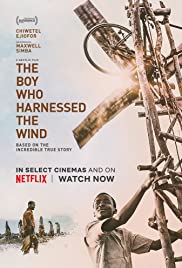
SUBJECTS:
Science (Biology & Physics); World (Africa & Malawi); Biography (William Kamkwamba); ELA;
SOCIAL-EMOTIONAL LEARNING:
Male Role Model; Education; Father/Son; Families in Crisis;
MORAL-ETHICAL EMPHASIS:
AGE:
Note to Teachers and Parents:
This is an excellent movie with positive messages and introductions to subjects such as deforestation, the dependence of civilization upon agriculture, subsistence farming, problems of developing nations in Africa etc. TWM recommends it highly. However, as good as the movie is, William Kamkwamba’s memoir with the same title, written with Bryan Mealer, is a better experience for any child. The Young Readers Edition is suitable for students reading at 5th – 9th grade levels and the NY Times Best Seller is appropriate or older students. There is no reason for children not to both see the movie and read the book. In that case, TWM suggests that teachers and parents start with the movie.
TWM offers the following movie worksheets to keep students’ minds on the film and to focus their attention on the lessons to be learned from the movie.
Teachers can modify the movie worksheets to fit the needs of each class. See also TWM’s Historical Fiction in Film Cross-Curricular Homework Project and Movies as Literature Homework Project.
Additional ideas for lesson plans for this movie can be found at TWM’s guide to Lesson Plans Using Film Adaptations of Novels, Short Stories or Plays.
This film is the story of a thirteen-year-old boy from a poor family in Malawi who uses ingenuity, perseverance, and technical know-how to help his family overcome famine. Educating himself with books from the library, the boy builds a windmill to pump water from a well and allow his family to grow food despite drought conditions. Each member of the boy’s family is a richly drawn character.
The Boy Who Harnessed the Wind is historical fiction based on the experiences of William Kamkwamba, who was excluded from school because his family did not have the money to pay his school fees. (Secondary education is not free in Malawi.) Using parts from a junk yard, William designed and built a windmill to provide electric light for his family.
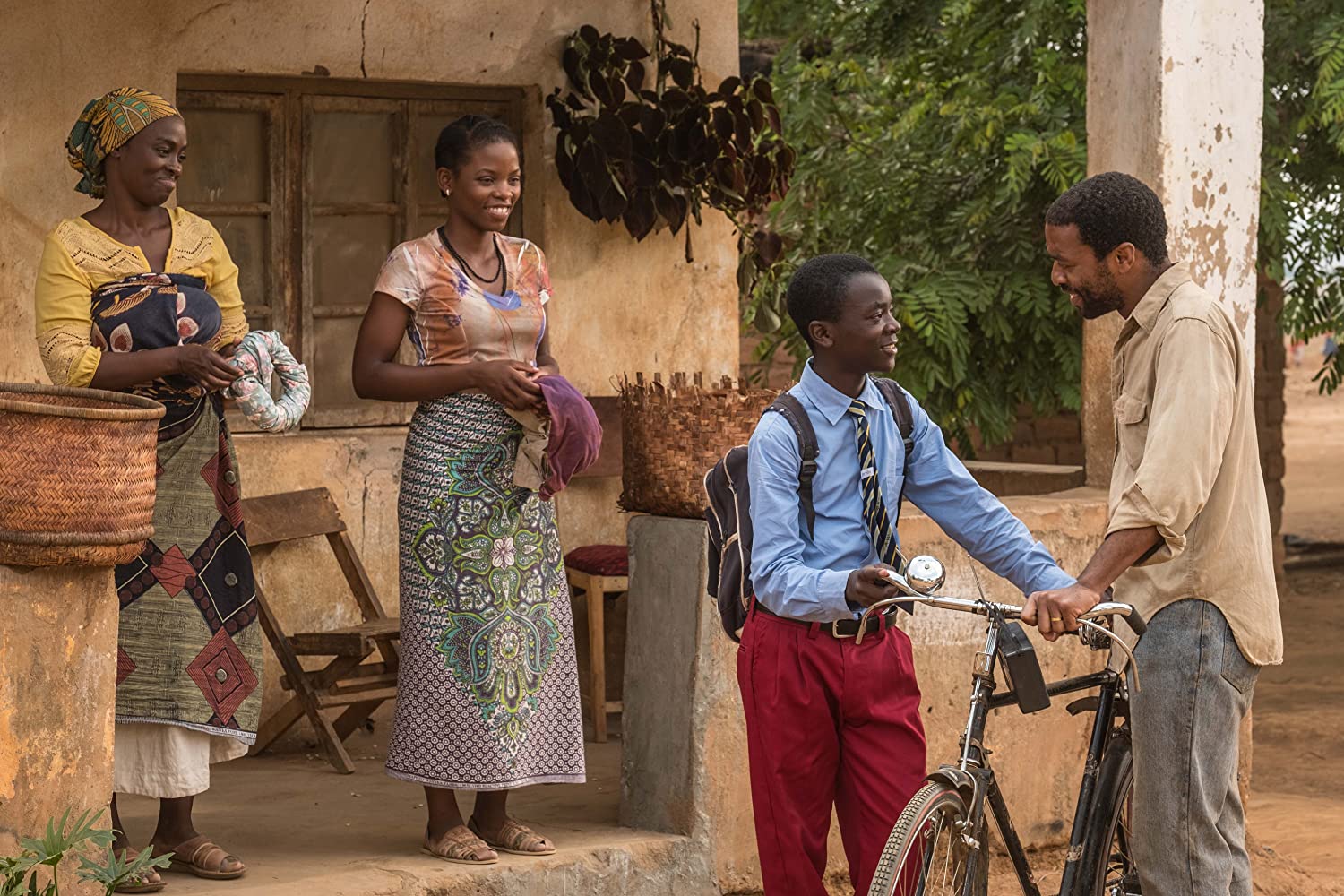
Awards:
2019 Sundance Film Festival: Alfred P. Sloan Feature Film Prize (Chiwetel Ejiofor)
Director:
Chiwetel Ejiofor
Writting Credits:
Chiwetel Ejiofor (adaptation), William Kamkwamba (based on the book written with Bryan Mealer)
Cast:
Chiwetel Ejiofor as Trywell Kamkwamba, Maxwell Simba as William Kamkwamba, Joseph Marcell as Chief Wimbe, Aïssa Maïga as Agnes Kamkwamba, Noma Dumezweni as Edith Sikelo, Lemogang Tsipa as Mike Kachigunda, Kelvin Maxwell Ngoma as Charity, and Lily Banda as Annie.
This film is full of important lessons about education, entrepreneurship, perseverance, technology, love of family, and more. Foremost, it is a tale of the triumph of ingenuity and perseverance over poverty and adversity. The movie can also be used to introduce the problems of developing countries in Africa, subsistence farming, deforestation, the importance of agriculture, and the dependence of animal populations, including human beings, on plant life, photosynthesis, and chlorophylls.
None.
This is a film worth allowing your children to watch several times. If your children are reading at a 5th grade level or above, after they see the film, give them the Young Readers Edition of the book The Boy Who Harnessed the Wind. For 11th and 12th graders, the the NY Times Best Seller is appropriate. As good as the movie is, this book is just as good or better. Children will enjoy and learn from both the movie and the book. See the Discussion Questions for topics to bring up with your children.
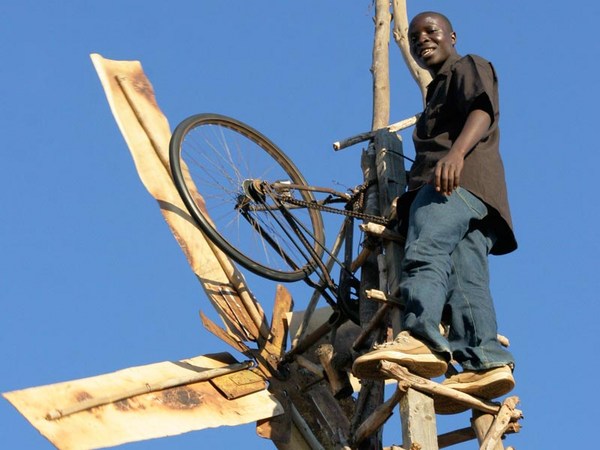
Almost every aspect of the movie is derived from William’s Kamkwamba’s experiences growing up in rural Malawi. As in many works of historical fiction, some parts of the story are emphasized and there are some departures from what actually occurred. These include the following. The windmill brought only electric light to the family’s home; it couldn’t generate enough energy to run a water pump. Just providing electric light in a society plunged into darkness for the entire night is revolutionary. Later, with help from international aid organizations, William built a new windmill that pumped water, giving his family the ability to have two harvests each year and insulating them from the ravages of drought. Another difference is that William’s father put up only one hour’s resistance to using the frame from an old and unused bicycle for the windmill. Other than that hour, William’s father fully supported his son’s project. Another difference is that as a young boy, William was terrified by magicians. The movie presents the local magicians as kindly traditional dancers who are looked at with affection by the villagers. William, as a young child had a very different reaction. Finally, the movie shows William blackmailing the teacher who was a suitor to Annie to be able to attend science class and use the library. This is fictional. While William made extraordinary efforts to stay in school, winning a short reprieve from expulsion for non-payment of fees, he did not blackmail a teacher or sneak into science class. William approached the librarian on his own and she welcomed him.
TWM recommends showing the film in conjunction with reading all or parts of the book of the same name. The Young Adult Version is suitable for reading levels at 5th grade or above. The full New York Times Best Seller is suitable for strong 11th and 12th grade readers.
TWM recommends showing the movie to children before they read the book. The driving emotional force of the film is on the capacity of William’s first windmill to pump water and save his family from starvation. However, William’s first windmill could only generate enough power to run electric lights in his family’s home. In fact, having electric lights at night is revolutionary for poor households. It allows an important extension of the work day. It permits motivated children to study at night. And, in fact, when the publicity that followed the building of the first windmill brought William assistance and money from international donors, he built a second windmill that produced enough electrical current to power a water pump. However, after reading the book, students will know that the emphasis on the first windmill pumping water and saving William’s family from starvation is fictional. This may spoil the effect of the film.
1. Show the class screenshots from the film showing the green shoots of the new corn plants growing because of the water produced by William’s windmill. Then ask the following questions: (1) What is the importance of these scenes in the story told by the movie? (2) What is the importance of what these photos show to all of human civilization? 3) What is the importance of what these photos show to every member of the Kingdom Animalia? [Note to Teachers: You may have to explain that “Kingdom Animalia” is a term from biological taxonomy meaning all animals with cells that have a nucleus enclosed within membranes.]
Suggested response:
(1) The screenshots show that the water from William’s windmill will nurture plants and that his family will not starve due to drought. (2) Without plants and agriculture, there would be nothing to eat – everything we eat, except water itself, can eventually be traced back to a plant that at first puts a small green shoot out of the ground. (3) All members of the Kingdom Animalia use plants for nourishment or eat something that when you trace it back to its origins ate plants for nourishment. (In the ocean this role is played by phytoplankton.)
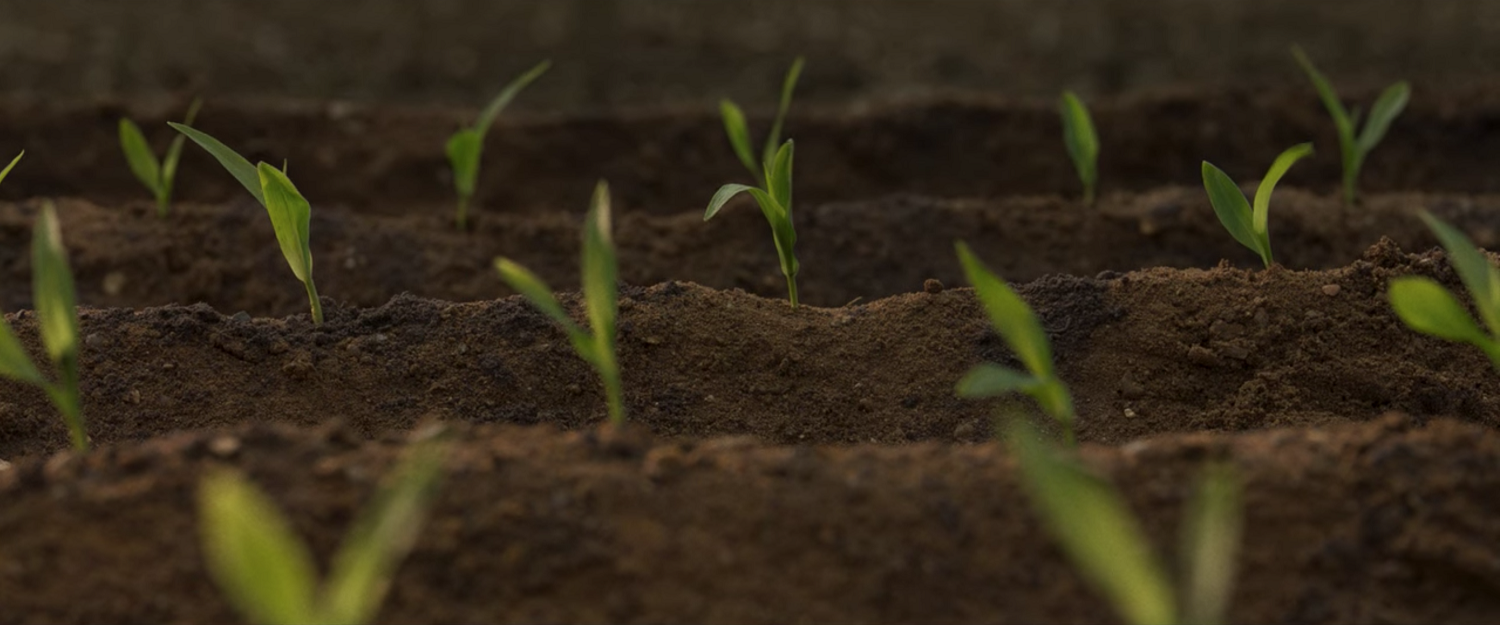
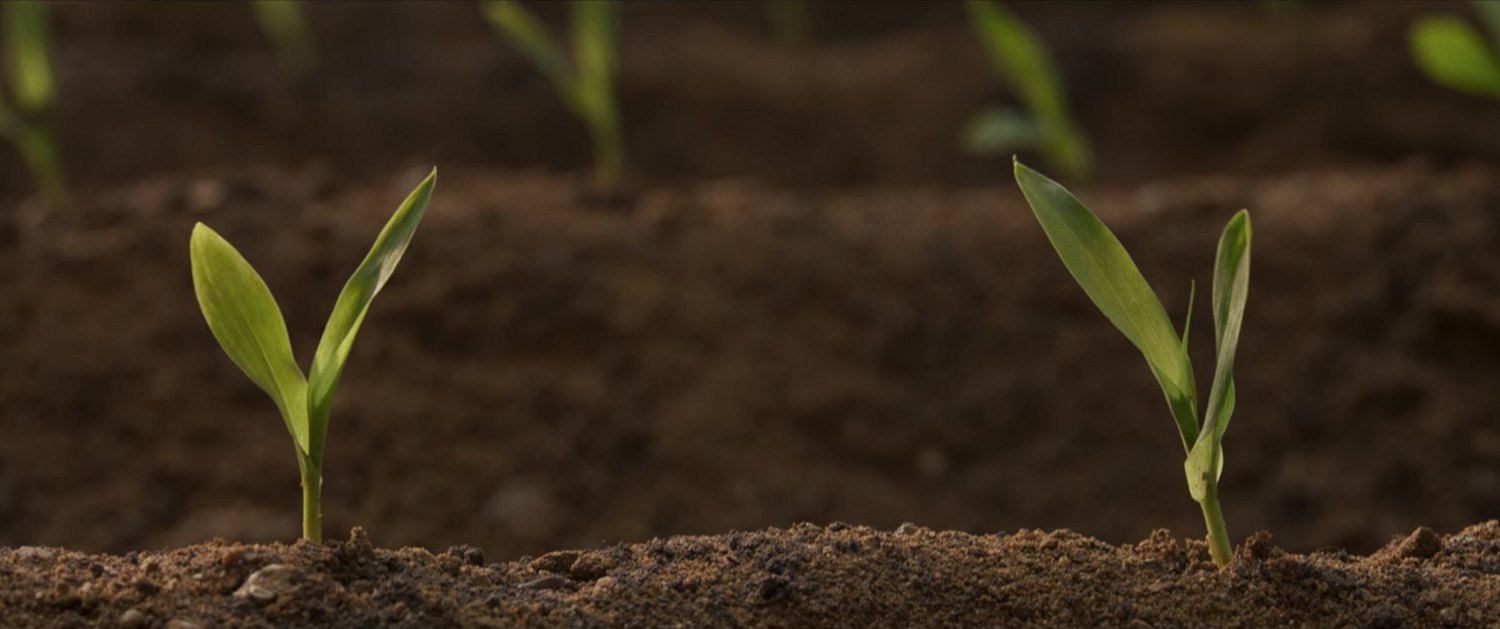
2. What is photosynthesis and how does it contribute to your life?
Suggested Response:
Photosynthesis is the process used by almost all plants to make carbohydrates and oxygen from carbon dioxide, sunlight, and water. Without photosyntheses all the animals, including people, would starve. Photosynthesis is also responsible for almost all of the oxygen that we breathe.
3. What are chlorophylls and what is their role in photosynthesis?
Suggested Response:
Chlorophylls are a class of mostly green pigments contained in plant cells that are involved in photosynthesis. Chlorophylls absorb energy from light; this energy is then used by the cell to in the process of photosynthesis. Chlorophylls are found in many organisms including plants, algae, and phytoplankton.
4. What is subsistence farming?
Suggested response:
It is farming that produces only enough food or other crops to sustain the farmer and his family year-to-year. Subsistence farmers are only one or two bad crop years from starvation.
5. In one of the early scenes of the movie, William’s father and mother are shown sleeping in their bed with their new baby. William’s father wakes up. What is the first thing that he does? Why does he do this?
Suggested Response:
When he gets out of bed, William’s father immediately looks out of the window at the sky to see about the weather. He then goes to William’s room to get his radio and listens to the weather report. He does this because all farmers everywhere know that the success of their efforts at farming depends, not only on their ability to work hard and smart, but upon the weather.
6. William’s father says that, “Democracy is like an imported cassava. . . It rots quickly.” Later we are shown the rally after which the Chief of the village is beaten by goons working for the President of Malawi. What is a cassava and what are these scenes intended to represent?
Suggested Response:
A cassava is a fruit. The political history of Africa is replete with dictatorial regimes that have not been responsive to their people. Western style democracy is a political system that, in Africa, has been frequently subverted by cynical leaders.
7. What does this movie tell us about the role of women in the developing countries of Africa?
Suggested Response:
The education of girls takes a back seat to the education of boys. This is true even for a girl like Annie who studied hard and made excellent grades. However, it should be noted that this is the same path that Western countries took in their development.
There are no opportunities for advancement for women in the village of Wimbe. The character of the mother says this when she tells Annie “There is no one for you in Wimbe. . . . We’ll get you off to university.” But that will only happen if there is no famine and after they pay William’s school fees. The education of the male child comes first.
8. Who are the protagonists and the antagonists in this story?
Suggested Response:
The protagonists are the Kamkwamba family. All of them meet their challenges with integrity and love. (While Annie runs away to marry the teacher, it turned out to be the right thing for her to do.) The antagonist is the weather. Nature as an antagonist is a classic conflict used in all narratives: stories, works of literature, and movies. We see it less and less as humankind has dominated nature – however, we’ll probably see more of the weather as antagonist as global warming starts to take its toll with drought, floods, and other extreme weather events. The human characters who behave badly are relatively minor: the schoolmaster, the President, and William’s cousin.
9. Was the father a failure as he said? What did William think?
Suggested Response:
There is no one correct response to this question. A strong response would be that the father failed at being able to pay for an education for his son, but he was successful in raising a child who understood the importance of education, who made a windmill, and who, as a result, received scholarships that enabled him to get the education that his family could not provide.
10. In one of the scenes, William’s family took the tin off the roof of their home and replaced it with thatch. Why did they do this?
Suggested Response:
They sold the tin to get money to buy food.
11. [Note to Teachers: One of the strengths of the story told by this film is that each member of William’s family is a richly drawn character. Ask the class to describe the conflicts that each member of the family faced, and how they resolve those conflicts.]
Suggested Response: There is no one correct response. Some strong responses are set out below.
William is intelligent, resourceful, resilient, and loving. His conflict is his difficulty in getting an education. He is stymied by his family’s inability to pay the school fees. Being a resilient boy he tries to attend science class without paying and uses the library. Then he builds the windmill.
Annie will do what is necessary for her own salvation. Her conflict is that there is nothing for her in Wimbe and no prospect that her family will be able to send her to university so that she can progress with her life. And so, she takes matters into her own hands by running away and marrying the teacher.
William’s father loves his family, works hard, and does his best. His conflict is with nature and this is something that he, like all other human beings, cannot win without technology. William’s father and his mother want to be modern people and educate their children.
William’s mother is loyal to her husband and devoted to her family. Like almost all women living in poverty she works hard. Her conflict is the same as her husband’s but tradition keeps her taking care of the home.
11. Who held the real power in this family?
Suggested Response: It was shared between the wife and the husband. They made many decisions together. The husband took the lead in many decisions during all but extreme situations. However, when things were very bad it was the wife who pushed the husband into allowing William to cut up the husband’s bicycle to build the windmill.
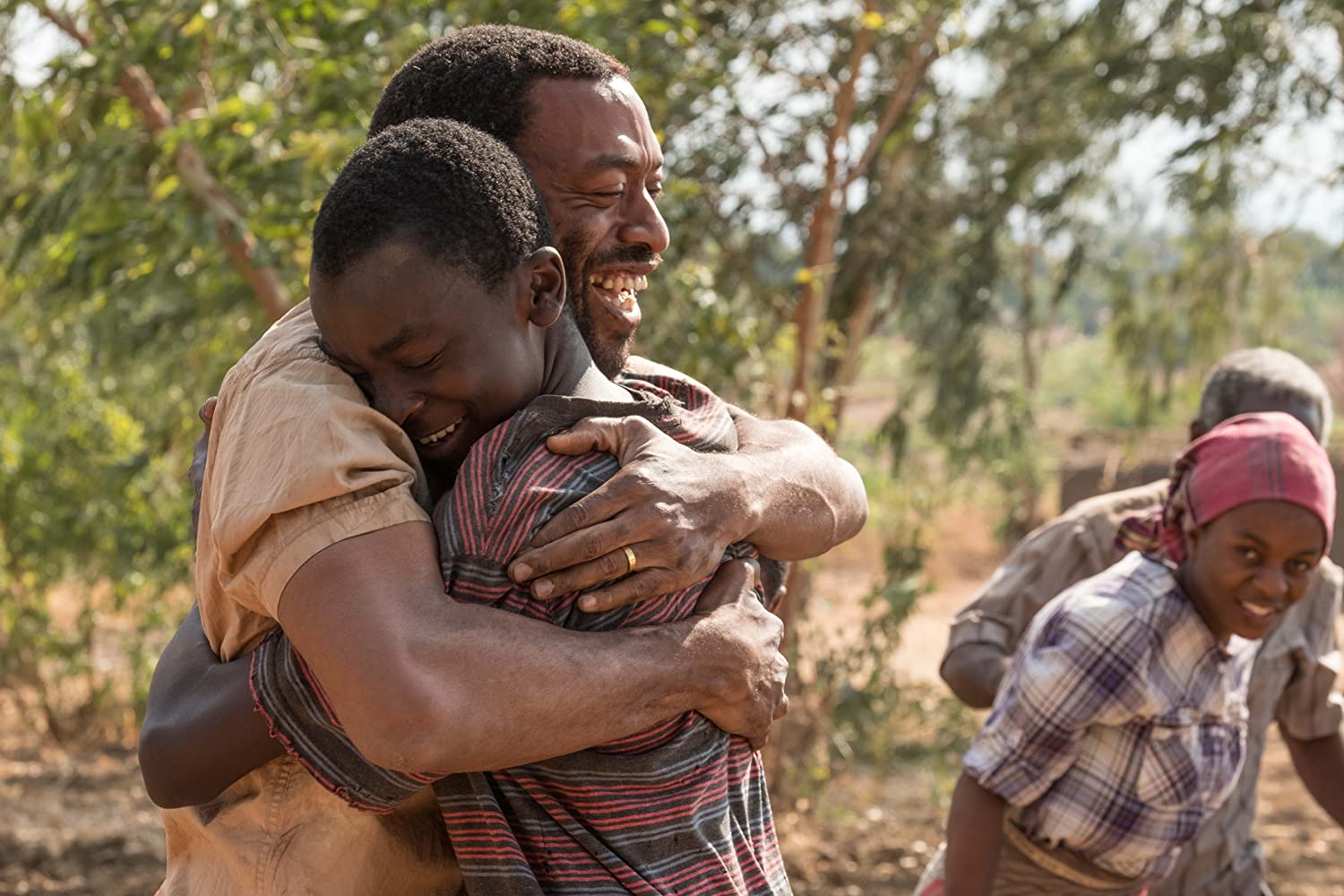
1. Male Role Model: Would you consider any character in the film a male role model? If so, what attributes did he display?
Suggested Response: Most students will identify William as the male role model for this film. He is: smart; determined; resilient (forced out of school he continues his education on his own using the library); inventive (he uses parts from the junk yard to create his windmill); considerate (he resists Gilbert’s recommendation that he break the bicycle of the teacher who was secretly courting his sister); forgiving (William forgives his father for not being able to send him to school) ; and loving, [TWM suggests that teachers then challenge the class to evaluate the father as a male role model. He loves his family, works very hard, forgoes food for his children, battles nature etc. His one possible failing shown in the film is that he refuses to give William his bike to cut up for the windmill, although eventually he comes around. However, fathers have no responsibility to allow their children to take risks with a piece of machinery that was important to the family. The bicycle was important to transport not only people in the family but also sacks of grain and fertilizer. If the father had not had the bicycle, the family would have had to pay for an an ox-cart or a truck. (Remember the scene when the father is buying seed grain and fertilizer from a store and transporting it on the bicycle.) Whether or not the father is a male role model, he has many admirable qualities.]
2. Education: In Malawi and much of Africa, the families of students have to pay for their schooling. In the United States, we have free universal education provided by the government. This film shows us the disadvantages of the system used in Malawi. What are some of the advantages of that system?
Suggested Response: The advantage of the Malawian system is that students in school are likely to be highly motivated since their families are paying for their schooling. This is especially true of students from poor families.
3. How would you compare the advantages of the system of education in Malawi to the free universal education provided in the United States?
Suggested Response: There is no one correct response. Many students will roundly condemn the Malawian system. [Teachers may want to pose the question: If you were operating an education system in a poor country that did not have enough wealth to provide schooling for all children, how would you ration education and how would you get the money to pay for that eduction?]
4. Father/Son: Evaluate the relationship between William and his father.
Suggested Response: William and his father have a loving relationship. One conflict is about using the frame of the father’s bicycle for the windmill. The bicycle was important to transport not only for people in the family but also for sacks of grain and fertilizer that might otherwise have required the family to pay for an ox-cart or a truck. (Remember the scene when the father is buying seed grain and fertilizer from a store and transporting it home on the bicycle.) Fathers have no responsibility to allow their children to take risks with a piece of machinery that was important to the family. Eventually, at the request of William’s mother, William’s father allowed him to cut up the bike and the issue was resolved.
5. Families in Crisis: The Kamkwamba family faces several crises. Name one and describe how it is resolved or not resolved.
Suggested Response: There is no single correct response. Here are some thoughts: For all of the crises that they faced, the Kamkwambas faced them with love. (1) Famine: Everyone reduces their consumption of food and pitches in to help with work on the farm. However, the crisis is not resolved until William builds the windmill. (2) Providing a good future for William: This is not satisfactorily resolved by the family because William is not able to continue at school. William’s future is secured by William’s inventiveness and perseverance in making the windmill. Because of the windmill, foreign donors give William scholarships that allow him to finish school. (3) Providing a good future for Annie: This is another failure of the family. Annie is left with no alternative within the family structure She must take matters into her own hands and run away with the teacher. It is interesting to note that had Annie waited, William would have been able to help her get to university. However, Williams’ success was not something that anyone could have expected when Annie left home. (4) The parents kept their relationship through all the crises that they faced: Here the parents are successful. They stay together despite what they had to endure.
The Social-Emotional Learning Discussion Questions 4 & 5.
1. Some discussions questions are good essay prompts.
2. Write a report on one of the following topics:
a. The political situation and the status of democracy in Malawi.
b. The prevalence of subsistence farming throughout the world;
c. The role of photosynthesis and chlorophylls in modern society.
d. The extent, cause and effects of deforestation in the places like Haiti, Africa, and South America
3. Research and write a report on the status of women in sub-Sharan Africa.
4. One of the strengths of the story told by this film is that each member of William’s family is a richly drawn character. Write an essay briefly describing, for each member of the Kamkwamba family, the conflicts they face and what they do to meet those conflicts.
Multimedia:
Anchor Standard #7 for Reading (for both ELA classes and for History/Social Studies, Science, and Technical Classes). (The three Anchor Standards read: “Integrate and evaluate content presented in diverse media, including visually and quantitatively as well as in words.”) CCSS pp. 35 & 60. See also Anchor Standard # 2 for ELA Speaking and Listening, CCSS pg. 48.
Writing:
Anchor Standards #s 1 – 5 and 7 – 10 for Writing and related standards (for both ELA classes and for History/Social Studies, Science, and Technical Classes). CCSS pp. 41,& 63.
Speaking and Listening:
Anchor Standards #s 1 – 3 (for ELA classes). CCSS pg. 48.
Not all assignments reach all Anchor Standards. Teachers are encouraged to review the specific standards to make sure that over the term all standards are met.
The Boy who Harnessed the Wind, Young Reader Edition, by William Kamkwamba and Bryan Mealer, 2009, William Morrow
Movie reviews: Roger Ebert.com, by Tomris Laffly
The Boy who Harnessed the Wind, by William Kamkwamba and Bryan Mealer, 2009, William Morrow
This Learning Guide was written by James A. Frieden. First published on April 8, 2020.